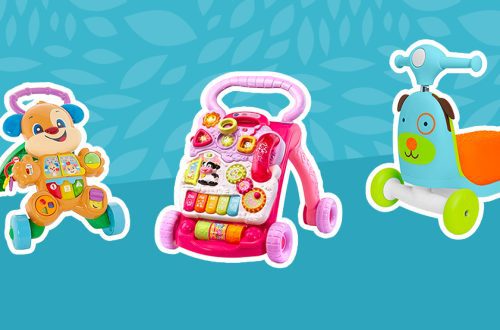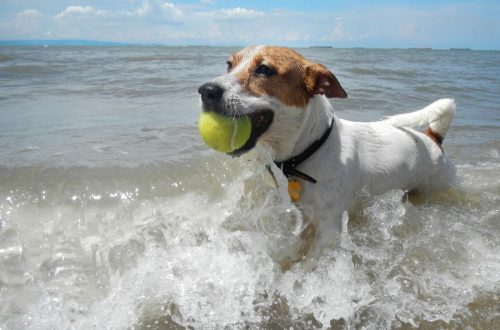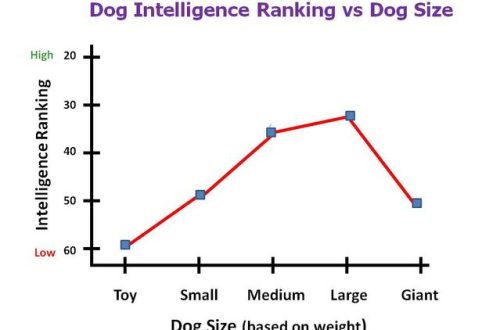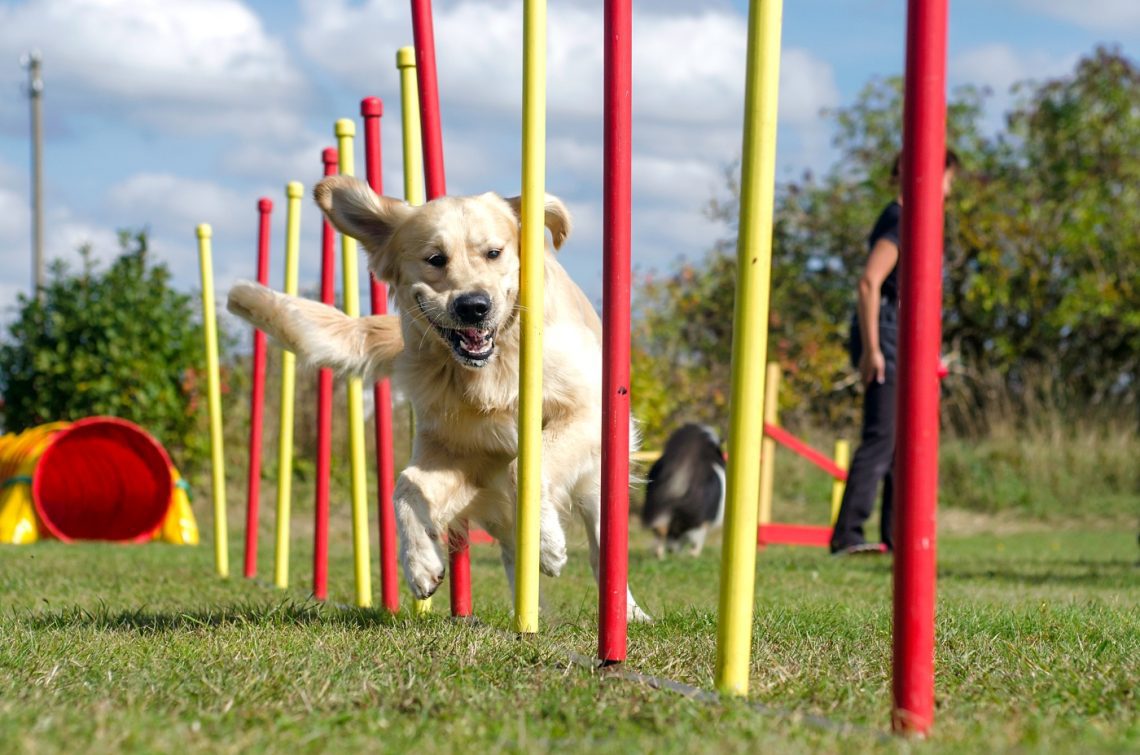
Agility
Hvað agility for dogs, how widespread this sport is in Belarus and by what parameters the participants are evaluated, Svetlana Saevets told us – trainer, agility coach, athlete, BKO judge Agility is a sport in which the dog overcomes various obstacles in a given direction. Agility originated at one of the Crufts shows in the late 70s of the 20th century. The organizers came up with entertainment for spectators between the main rings. The idea was borrowed from equestrian sport – show jumping. Now on Facebook you can find videos from those very first competitions. Agility quickly spread throughout the world. The biggest and most prestigious competitions are now held by the FCI. Championships are also held under the auspices of the IFCS and other organizations.
Efnisyfirlit
Is there agility in Belarus?
There is, although so far this sport is not very common compared to other countries. Agility is “promoted” by groups of enthusiasts with their dogs. 4 teams have been created in Minsk, 1 team is in Gomel, and separate owner-dog pairs go in for sports in Brest, Mogilev and even in Belynichi. About 20-30 couples participate in each competition. But there are those who do not participate in competitions, but are engaged solely for their own pleasure.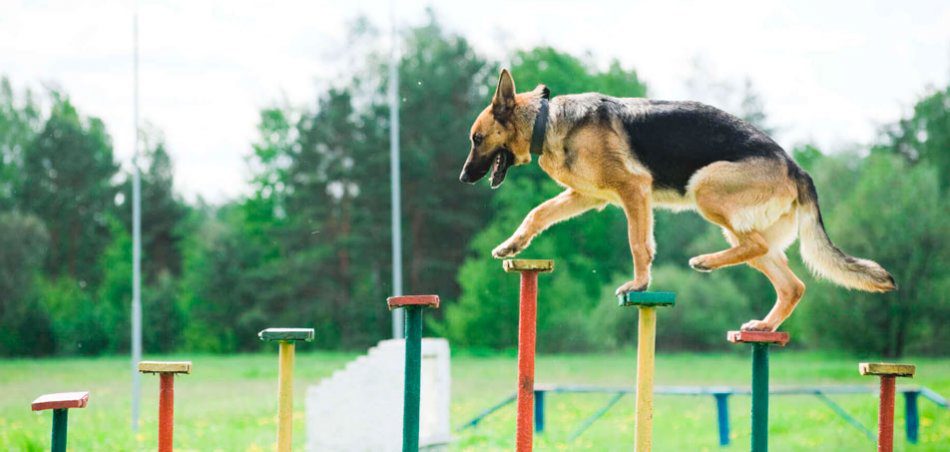



Who can practice agility?
Absolutely any dog can be engaged, but for heavy, massive breeds, this, of course, can be fraught with difficulties. You can practice with them, but rather for fun and in an easier form: both barriers are lower, and other obstacles are simpler. However, agility as an idea is suitable for any dog: for slow, and for fast, and for large, and for small . They can be practiced for different purposes: not only to compete, but also just for general development and for fun. Naturally, light, mobile, reckless dogs will be more promising for serious training. Agility is mastered by dogs of any age, there is no upper or lower threshold. Even very tiny puppies can master the preparatory exercises (of course, because of their abilities). In any case, it all starts with developing exercises that are used in a variety of ways: obedience, freestyle, and frisbee.
Agility is good for general development. After all, the more a dog learns, the easier it is to teach it something new.
Breed and size don’t matter either. In Belarus, the smallest athlete is a toy terrier, and he is making excellent progress. True, it is not very clear how he will overcome the swing – he simply may not have enough mass to “outweigh” them. As for people, all ages are obedient to agility. This is done by both children and the elderly. There is an organization that holds competitions for people with disabilities.
How are dogs trained in agility?
Only positive reinforcement is used to train agility dogs. However, all progressive trainers are now switching to positive reinforcement methods, regardless of direction. But in agility, no other methods just work. If the dog does not like it, you will not be able to achieve either speed or cleanliness of the track. Of course, the dog works “for a salary”: for a toy or a treat, then he is more interested. In all my time working with dogs, I haven’t met a single one who didn’t like the classes. Any dog can be interested. For some it just takes a little more time. The main thing is the desire of the owner himself, sometimes people are “blown away” faster.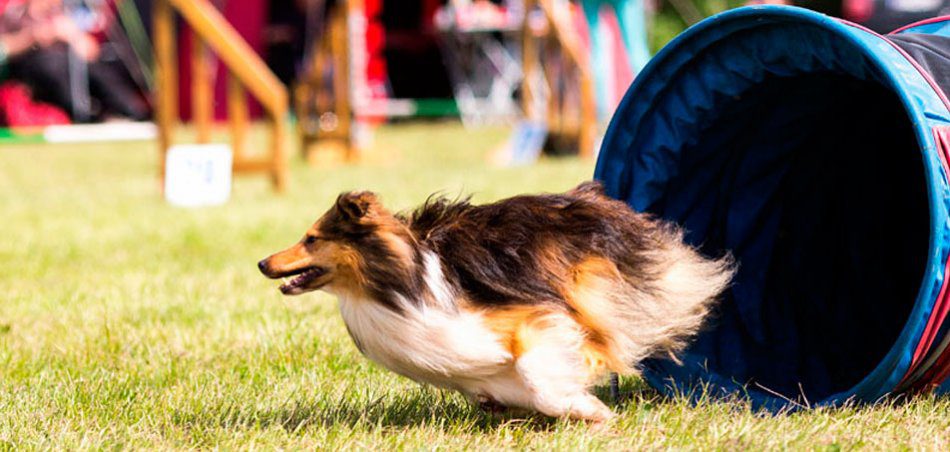



How are agility competitions held?
The obstacle course consists of barriers (high and long jumps), wheels, slalom, tunnels (soft and hard). Although all organizations except the FCI have already abandoned the soft tunnel – it can be traumatic if the dog carelessly flies there at full speed. There are also zone shells: boom, swing and slide. There is a certain area, painted in a different color, where the dog must put at least one paw.
Competitions come in different levels. The FCI rules provide for the gradation “Agility-1”, “Agility-2” and “Agility-3”, but each country can adopt its own standards.
For example, according to the rules that we submitted and approved to the BKO, two more entry levels have been added. These are the “Debut” track (short, there are no zone obstacles, only small barriers and tunnels), as well as “Agility-0” (with lower equipment). ”, where these shells are not.
Competitions are divided into categories depending on the size of the dog. “Small” – dogs up to 35 cm at the withers. “Medium” – dogs up to 43 cm tall. And “Large” – these are all dogs above 43 cm.
You can use any gestures and commands, nothing should be in your hands, you can’t touch the dog either. The dog should not have any collar, not even a flea collar. Only for some dogs, for which the bangs can cover the eyes, a hair tie is allowed. But these are FCI rules. At competitions from other organizations, collars are allowed. If the dog violates the order of obstacles, it will be disqualified. If the projectile is not overcome according to the rules, penalty points are awarded. The judge sets the control time, for exceeding which penalty points are also awarded. At big competitions, the fight sometimes goes on for a split second. The maximum time is set – approximately 1,5 times more than the control one. If the dog exceeds it, it is disqualified. The one with the fewest penalty points wins.
About mistakes in agility
At the first competitions, we had a great track, but before the last obstacle, the dog suddenly abruptly went to the side – she wanted to go to the toilet. This taught me once and for all: the dog must be walked before the competition. At one of the championships of Belarus in agility, we did an excellent job with obstacles and, already finishing, I realized that we were disqualified, because I did not wait for the signal from the judge to start. Sometimes the dog accidentally goes to another shell, sometimes you and she make the most unexpected mistakes. Until you get such bumps, you will not learn how to run cleanly.
Don’t be afraid to make mistakes. Such cases train the reaction, suggest what you need to prepare for.





